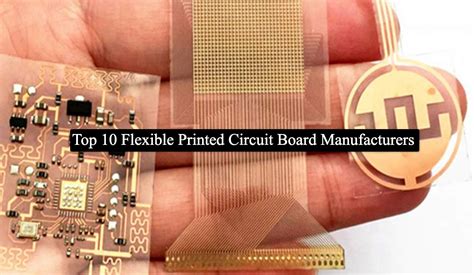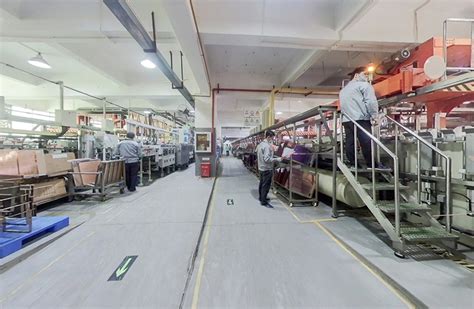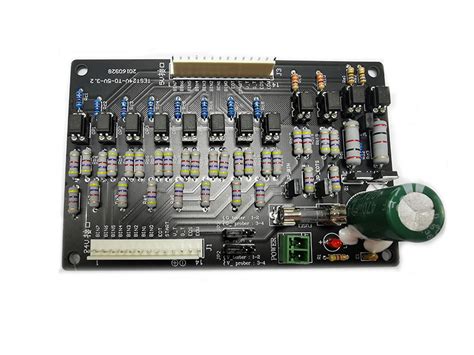Expert PCB Assembly Partners for Reliable Electronics Production
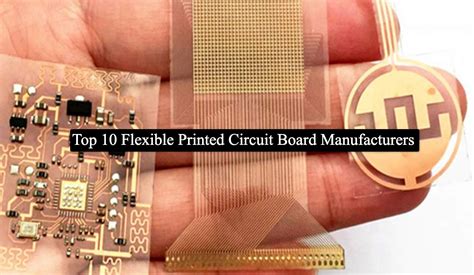
Key Takeaways
Selecting the right PCB assembly partner is critical for achieving high-performance electronics with consistent reliability. Leading PCBA providers combine precision-engineered components with advanced manufacturing workflows to meet stringent industry demands. These experts leverage automated optical inspection (AOI) and surface-mount technology (SMT) to ensure microscopic accuracy in component placement, minimizing defects in high-volume production.
Global manufacturers prioritize ISO-certified processes and traceability systems to maintain quality across supply chains, particularly for aerospace, medical, or automotive applications. Thermal profiling and functional testing further validate board integrity, aligning with IPC-A-610 standards for solder quality and durability.
For businesses seeking scalable PCBA solutions, partners offering design-for-manufacturability (DFM) reviews and rapid prototyping accelerate time-to-market. Just-in-time inventory management and real-time production tracking streamline operations, reducing lead times without compromising precision.
Ultimately, collaboration with PCB assembly specialists ensures end-to-end traceability, risk mitigation, and adherence to environmental compliance (e.g., RoHS, REACH). By integrating PCBA expertise with agile manufacturing, industries achieve cost-optimized, reliable electronics ready for global deployment.
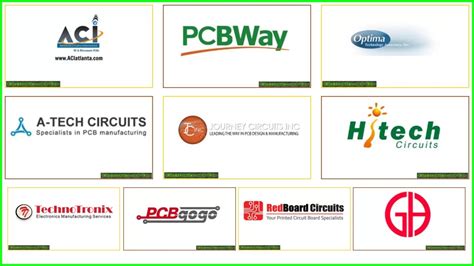
Precision PCB Assembly Solutions
Modern electronics demand PCB assembly processes that prioritize accuracy and repeatability. Leading pcb assembly companies leverage automated optical inspection (AOI) and surface-mount technology (SMT) to ensure micron-level placement of components, from miniature resistors to complex integrated circuits. These PCBA providers employ advanced workflows, combining laser-cut stencils and reflow soldering techniques to minimize defects while accommodating high-density interconnect (HDI) designs.
A critical differentiator lies in the integration of Industry 4.0 tools, such as real-time process monitoring and predictive maintenance systems, which reduce downtime and enhance yield rates. For example, temperature-controlled environments and traceable material sourcing mitigate risks associated with thermal stress or counterfeit parts.
| Key Aspect | Precision Requirement | Industry Standard |
|---|---|---|
| Soldering Techniques | ≤0.1mm tolerance | IPC-A-610 Class 3 |
| Component Placement | ±0.025mm accuracy | J-STD-001 |
| Testing Protocols | 100% electrical functionality | ISO 9001:2015 |
By aligning PCBA workflows with client-specific requirements, manufacturers achieve consistent performance for applications ranging from medical devices to aerospace systems. This precision ensures that multi-layered boards with 20+ layers or flexible circuits meet rigorous operational demands, reinforcing the role of expert partners in enabling reliable electronics production.
Global PCB Manufacturing Experts
Leading PCB assembly companies operate as global partners, combining cross-border expertise with localized precision to meet diverse industrial demands. These firms leverage advanced manufacturing technologies—such as automated pick-and-place systems and AI-driven inspection tools—to deliver high-mix, low-volume and high-volume production scalability. With facilities spanning Asia, Europe, and the Americas, they ensure compliance with international standards (e.g., ISO 9001, IPC-A-610), while addressing region-specific requirements like RoHS and REACH.
Tip: When selecting a PCBA partner, prioritize those with regional manufacturing hubs to minimize logistical delays and enhance supply chain resilience.
A hallmark of top-tier providers is their integration of design-for-manufacturability (DFM) feedback, which optimizes layouts for efficient PCB assembly and reduces prototyping cycles. Their global footprint also supports multilingual engineering teams, enabling seamless collaboration across time zones. By maintaining stringent traceability protocols—from component sourcing to final testing—these experts mitigate risks in aerospace, medical, and automotive sectors, where zero-defect tolerance is non-negotiable.
As industries increasingly adopt IoT and 5G technologies, global PCBA specialists are investing in flexible production lines capable of handling high-density interconnects (HDI) and ultra-fine-pitch components. This adaptability ensures clients receive future-ready solutions without compromising on reliability or cost-efficiency.
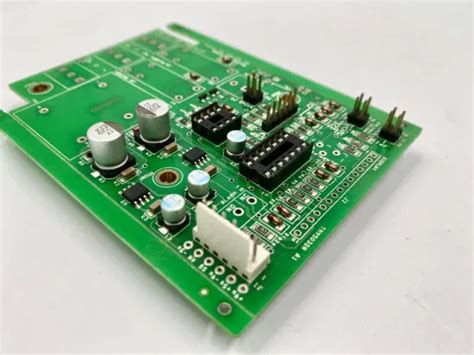
Advanced PCB Production Techniques
Modern PCB assembly relies on cutting-edge methodologies to meet the demands of high-performance electronics. At the core of advanced production lies automated optical inspection (AOI) systems, which ensure microscopic accuracy in component placement and solder joint integrity. Coupled with surface-mount technology (SMT) and through-hole assembly (THA), these processes enable PCBA specialists to handle complex designs, from multilayer boards to flex circuits.
Innovations like laser direct imaging (LDI) refine circuit patterning, achieving trace widths under 15 microns for high-density interconnect (HDI) boards. Additionally, reflow soldering ovens with precise thermal profiling minimize defects in PCB assembly, critical for aerospace and medical devices. Leading PCBA partners also integrate 3D solder paste inspection (SPI) to preemptively address flaws before component mounting.
Beyond hardware, advanced manufacturers employ design for manufacturability (DFM) analysis to optimize layouts for scalability and cost-efficiency. This proactive approach, combined with IoT-enabled process monitoring, ensures real-time adjustments during PCB assembly, reducing time-to-market. By harmonizing these techniques, PCBA providers deliver robust solutions that align with global standards like IPC-A-610, cementing their role as indispensable partners in reliable electronics production.
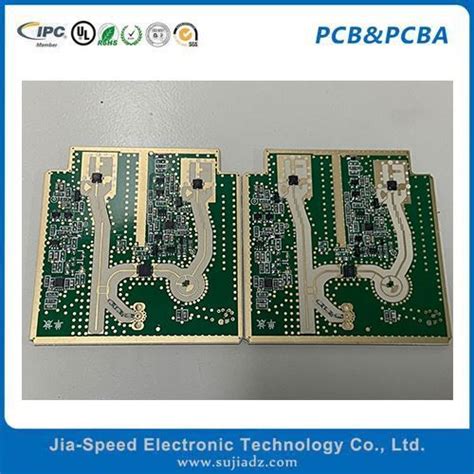
Quality Assurance in PCB Assembly
Robust quality assurance (QA) protocols form the backbone of trusted PCB assembly services, ensuring every printed circuit board meets exacting performance standards. Leading PCBA providers implement multi-stage inspection processes, beginning with design validation to identify potential flaws in component placement or circuitry. During manufacturing, automated optical inspection (AOI) systems scan for solder defects, while X-ray analysis verifies hidden connections in high-density interconnect (HDI) designs.
To maintain consistency across global operations, top-tier companies adhere to ISO 9001 and IPC-A-610 guidelines, governing everything from material sourcing to final testing. Environmental stress screening (ESS) simulates real-world conditions—thermal cycling, vibration, and humidity tests—to eliminate early-life failures. Advanced traceability systems track each PCB assembly through production, linking performance data to specific batches for accelerated root-cause analysis if issues emerge.
By integrating PCBA quality metrics with client-specific requirements, manufacturers achieve zero-defect thresholds critical for aerospace, medical, and automotive applications. This systematic approach not only reduces field returns but also aligns with the broader industry shift toward smart manufacturing ecosystems, where QA data fuels continuous process optimization.
Reliable Electronics Production Partners
Selecting PCB assembly partners with proven expertise ensures electronics manufacturing success. Leading PCBA providers combine advanced manufacturing techniques with rigorous quality protocols to deliver components that meet global industry demands. These partners often hold certifications such as ISO 9001 and IPC-A-610, validating their commitment to precision and reliability. By leveraging automated optical inspection (AOI) and X-ray testing, they minimize defects while optimizing production timelines.
Collaboration with trusted PCB assembly companies extends beyond technical execution. Proactive partners conduct design-for-manufacturability (DFM) reviews to identify potential issues early, reducing costly redesigns. Their ability to source high-grade materials—from FR-4 substrates to lead-free solders—ensures durability in harsh environments. Moreover, scalable PCBA solutions accommodate both low-volume prototyping and high-volume runs, aligning with evolving project needs.
For industries like automotive or medical devices, where component failure carries significant risks, reliability hinges on traceability. Top-tier partners implement end-to-end tracking systems, documenting every stage from solder paste application to final testing. This transparency, paired with real-time communication, fosters trust and positions PCB assembly specialists as indispensable allies in achieving consistent, high-performance electronics production.
Expert PCB Component Assembly
Effective PCB assembly relies on meticulous component integration, where precision and technical expertise define outcomes. Leading PCBA providers deploy surface-mount technology (SMT) and through-hole assembly to accommodate diverse component types, from micro-scale ICs to high-power modules. Advanced pick-and-place systems ensure micron-level accuracy, minimizing placement errors that could compromise functional integrity.
To maintain consistency, manufacturers employ automated optical inspection (AOI) and X-ray testing, verifying solder joint quality and component alignment at every stage. This rigorous validation aligns with industry-specific standards, such as IPC-A-610, ensuring boards meet performance benchmarks for automotive, medical, or aerospace applications.
Collaboration between design engineers and PCBA specialists further optimizes component selection, balancing thermal management, signal integrity, and cost efficiency. By integrating design for manufacturability (DFM) principles, teams preempt assembly challenges, reducing rework cycles and accelerating time-to-market.
For complex projects, mixed-technology assembly combines SMT, through-hole, and press-fit components, supported by programmable soldering profiles tailored to material specifications. This adaptability enables PCB assembly partners to deliver high-reliability solutions for mission-critical systems while scaling production to meet global demand.
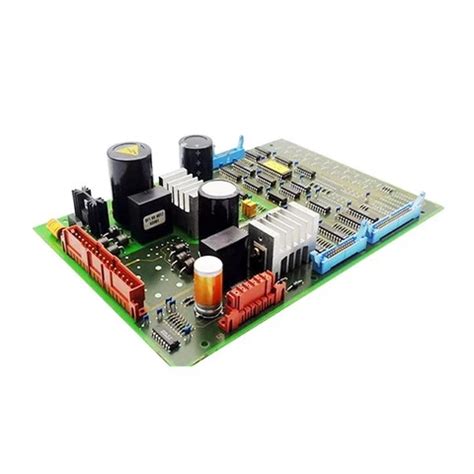
Streamlined PCB Manufacturing Processes
Modern PCB assembly thrives on optimized workflows that synchronize design validation, material procurement, and production stages. Leading PCBA providers employ automated surface-mount technology (SMT) lines integrated with laser-aligned pick-and-place systems, achieving placement accuracies within ±25μm. This precision is further enhanced through thermal profiling during reflow soldering, ensuring consistent joint integrity across high-density boards.
By digitizing supply chain coordination, manufacturers reduce component procurement lead times by 30–50%, while streamlined PCB manufacturing processes leverage real-time production dashboards to monitor yield rates and equipment utilization. Closed-loop feedback systems automatically adjust parameters like solder paste volume or stencil pressure, minimizing defects during PCB assembly. For PCBA projects requiring rapid scaling, modular production cells allow swift reconfiguration between prototype batches and mass production without sacrificing throughput.
Advanced manufacturers also implement traceability protocols using QR-coded panels, enabling end-to-end component genealogy tracking. Such integrations between PCB assembly hardware and enterprise resource planning (ERP) software create a cohesive ecosystem where design changes propagate instantly to factory floors, slashing revision cycles by 65%. These innovations position PCBA specialists as pivotal partners in industries demanding both agility and uncompromising quality—from automotive electronics to medical device fabrication.
Ensuring PCB Assembly Precision
Achieving micrometer-level accuracy in PCB assembly requires integrating advanced technologies with rigorous process controls. Modern surface-mount technology (SMT) lines utilize high-speed pick-and-place systems capable of positioning components within ±25μm tolerances, while automated optical inspection (AOI) and X-ray systems validate solder joint integrity and alignment. Leading PCBA providers employ statistical process control (SPC) to monitor variables like reflow oven temperature profiles and solder paste deposition, ensuring consistency across high-volume production runs.
Material selection further enhances precision, with low-thermal-expansion substrates and lead-free solder alloys minimizing warpage and joint stress during thermal cycling. For mission-critical applications, laser-drilled microvias and impedance-controlled routing maintain signal integrity in high-frequency designs. To bridge quality gaps, tier-1 PCB assembly partners implement failure mode and effects analysis (FMEA) during prototyping, preempting defects before mass production.
Transitioning seamlessly from design to manufacturing, these protocols support industries requiring zero-defect outputs, such as aerospace and medical devices. By coupling automated workflows with expert oversight, PCBA specialists ensure that precision engineering translates into field reliability, aligning with the broader focus on quality assurance outlined in subsequent sections.
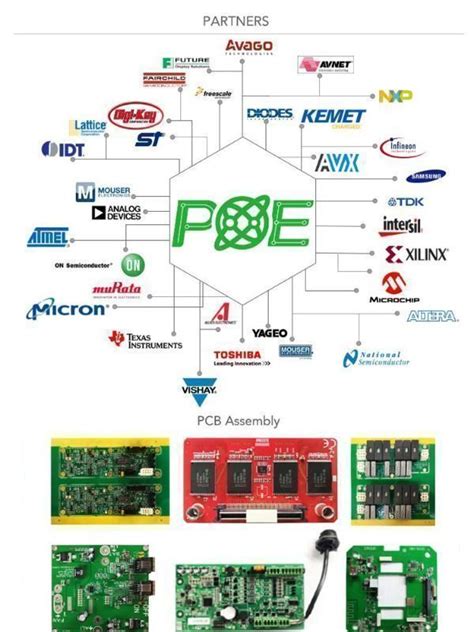
Conclusion
Selecting the right PCB assembly partner is critical for ensuring long-term reliability and performance in electronics manufacturing. Leading PCBA providers combine advanced manufacturing techniques with stringent quality control to deliver solutions that meet the evolving demands of industries ranging from aerospace to consumer electronics. By leveraging automated optical inspection (AOI) and surface-mount technology (SMT), these specialists minimize defects while optimizing production timelines.
A trusted PCB assembly partner not only streamlines supply chain logistics but also adheres to international certifications such as ISO 9001 and IPC-A-610, ensuring compliance with global standards. The integration of rigid-flex PCB designs and high-density interconnects (HDI) further underscores the technical expertise required for modern electronics. As innovation accelerates, collaboration with PCBA experts becomes indispensable for balancing cost-efficiency with precision-engineered outcomes.
Ultimately, the success of any electronics project hinges on aligning with manufacturers that prioritize scalable solutions and proactive communication. This focus ensures seamless transitions from prototyping to mass production, empowering businesses to maintain competitiveness in a rapidly advancing technological landscape.
FAQs
What distinguishes high-quality PCB assembly from standard services?
Expert PCBA providers integrate advanced manufacturing technologies with rigorous testing protocols, ensuring precision in component placement and solder joint integrity. This minimizes defect rates and enhances product longevity.
How do PCB assembly companies ensure compliance with industry standards?
Leading firms adhere to ISO-certified processes and employ automated optical inspection (AOI) systems. These measures validate compliance with IPC-A-610 and RoHS guidelines, critical for high-reliability electronics.
What are the advantages of partnering with global PCBA manufacturers?
Global partners offer scalable production capabilities, multilingual technical support, and familiarity with region-specific regulations. This facilitates seamless cross-border collaboration and faster time-to-market.
Can PCB assembly services accommodate custom design requirements?
Yes, specialized providers tailor solutions for high-density interconnects (HDI), flexible substrates, and mixed-technology boards. Prototyping support and design-for-manufacturability (DFM) analysis ensure optimal outcomes.
How does automation enhance PCB assembly precision?
Robotic pick-and-place systems achieve micron-level accuracy, while AI-driven process control reduces human error. This is vital for mission-critical applications like medical devices or aerospace systems.
Ready to Elevate Your Electronics Production?
For cutting-edge PCB assembly solutions tailored to your needs, click here to connect with industry-leading experts.

